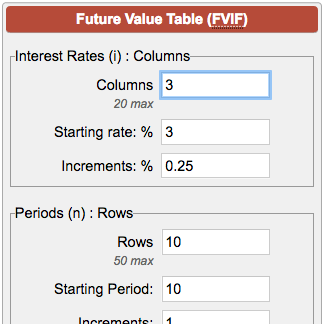If inventory costs are rising, which method FIFO, LIFO, or weighted average cost results in the highest net income? Explain your answer
Content

Such amounts may differ for financial reporting and tax purposes in the U.S. This method calculates an average per unit cost and applies it to both the units in inventory and to the units sold. During an inflationary period, the weighted average method will result in a profit yield somewhere in between LIFO and FIFO. Specific notification will always yield the results that are dependent on which units are sold. As such, inflation and deflation are not going to change specific identification.
What method will result in higher profitability when inventory costs are rising?
First-In, First-Out (FIFO)
It is one of the most common methods of inventory valuation used by businesses as it is simple and easy to understand. During inflation, the FIFO method yields a higher value of the ending inventory, lower cost of goods sold, and a higher gross profit.
The following are two methods for estimating ending inventory and thereby the inventory value. As estimates, companies should not expect them to be completely accurate, so determine which method will result in higher profitability when inventory costs are rising. they should factor in any loss of stock from damage and theft and supplement them with periodic inventories. Companies ship products with an earlier date of consumption.
FIFO
A company normally wants to minimize income in order to pay the least tax. However, certain circumstances motivate a company to want high income. For instance, management may believe the company’s stock is priced too low or feels under pressure to hit specific income targets. Management has an arsenal of techniques to boost reported income, including the choice of inventory methods. Since merchandise inventory is normally sold within a year, how is it reported on the balance sheet? If inventory is being valued at cost and the price level is steadily rising, which of the three methods of costing FIFO, LIFO, or average cost will yield the lowest annual income tax expense?
- The only reason to use LIFO is when businesses expect the inventory cost to increase over time and lead to a price inflation.
- When sales are recorded using the LIFO method, the most recent items of inventory are used to value COGS and are sold first.
- In the U.S., however, LIFO is used by approximately 30 percent of U.S. companies because of potential income tax savings.
- There are different ending inventory and COGS for perpetual versus only yearly periodic systems.
- Any increase or decrease in the LIFO reserve is determined based on dollar values rather than quantities.
- Thus inventory is assumed to consist of the most recently purchased units.
It is based on the accounting equation that states that the sum of the total liabilities and the owner’s capital equals the total assets of the company. Under the FIFO inventory method formula, the goods purchased at the earliest are the first to be removed from the inventory account. This results in remaining in the inventory at books being valued at the most recent price for which the last inventory stock is purchased.
How do cost flow assumptions impact the balance sheet?
It’s important to keep shareholders happy, and the best way to do this is to give them a great return on their money investment by choosing the best inventory valuation method. Happy investors send a positive signal to potential future investors, and are more likely to recommend your company to them. The WAC method uses a weighted average to determine the amount that goes into COGS and inventory. The FIFO method means that the oldest manufactured or purchased goods will also be the first sold. Inventory stock is only considered an asset on your balance sheet if it has financial value. Overvaluation or undervaluation can paint a misleading picture of the working capital position and the overall financial position of your business.
Which inventory costing method gives the highest profit?
LIFO gives the most realistic net income value because it matches the most current costs to the most current revenues. Since costs normally rise over time, LIFOs can result in the lowest net income and taxes.
If an inventory is being valued at cost and the price level is steadily rising, which of the three methods of costing FIFO, LIFO, or average cost will yield the lowest annual income tax expense? Using an example, explain the inventory accounting methods LIFO, FIFO, and weighted average and their impact on taxes and net income. If inventory costs are rising, which method results in the lowest net income? If inventory costs are rising, which method results in the highest net income? LIFO is the opposite of FIFO and assumes that the most recently purchased goods are used and expensed first. Again, assuming that costs rise naturally over time this would result in a higher COGS than under the FIFO method.
Example: Effect of Inflation on Inventory Costs
Therefore, the oldest available on-hand inventory will be used to fulfill orders. It is a practical method to employ while managing the merchandise in your warehouse but it’s also good for valuing unsold stock. Business owners understand the importance of maintaining accurate inventory records and the role these records play in inventory cost accounting. Find the right tool that can streamline accounting processes and provide visibility into inventory on-hand. Different industries have different standard estimates for this calculation, such as 2% for storage costs and 15% for capital costs. Companies do not include these costs in inventory accounts, but they expense them as they incur them.


Post a comment